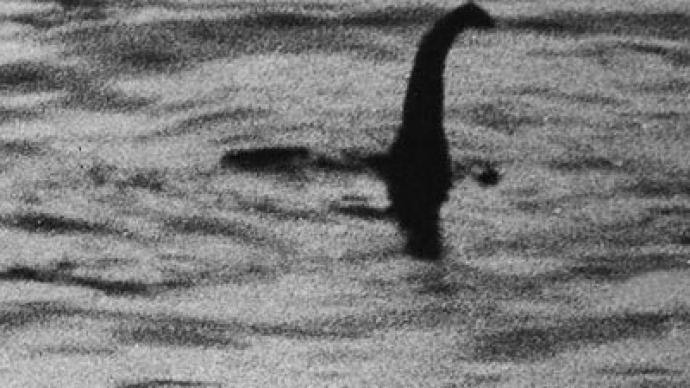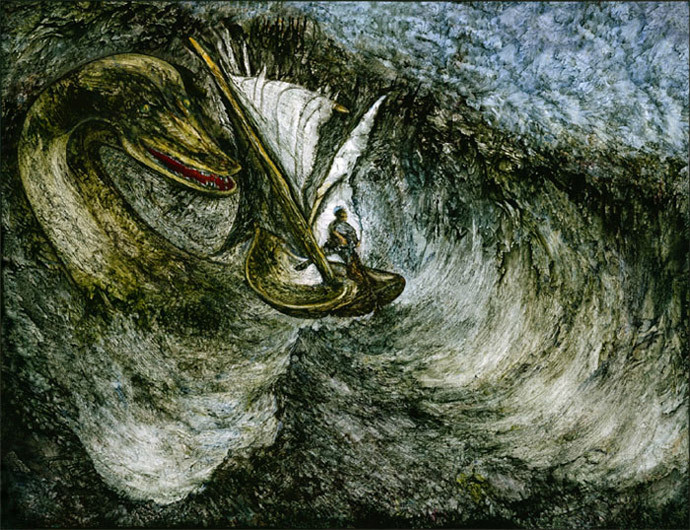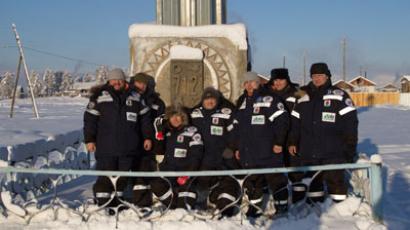Plot to kill the Loch Ness monster revealed

Members of the Natural History Museum allegedly plotted to hunt and kill the Loch Ness monster and display its carcass in London.
Previously unpublished documents show the museum turned to bounty hunters to shoot the mythical monster in the 1930s.
A letter from a Natural History Museum employee said: “Should you ever come within range of the ‘monster’ I hope you will not be deterred by humanitarian considerations from shooting him on the spot and sending the carcass to us in cold storage, carriage forward. Short of this, a flipper, a jaw or a tooth would be very welcome.”
By 1934, both London’s Natural History in Museum and Edinburgh’s Royal Scottish Museum wanted ‘Nessie’ dead or alive.
The Royal Scottish Museum wrote to the then Scottish Secretary, Sir Godfrey Collins, claiming the Loch Ness monster belonged to Scotland.
“The museum urges strongly that the RSM have the reversionary rights to the ‘monster’ if and when its corpse should become available,” the letter reads.
“We think the monster should not be allowed to find its last resting place in England. Such a fate would surely outrage Scottish nationalism which at the moment is thriving greatly under the monster’s beneficent influence.”

The plot has been uncovered by author David Clarke for his new book, Britain's X-traordinary Files, a book on the myths and legends of the UK.
“Many influential people – including MPs and famous naturalists like Sir Peter Scott – believed in the existence of Nessie and a lot of pressure was placed on the Scottish Office to give it special protection,” said Clarke.
“During the 1930s, the monster became an important symbol for Scottish Nationalists who wanted the police to protect the creature from big game hunters.
“Nessie had become a Scottish icon – a symbol of national identity. There was genuine outrage at the possibility that the corpse of the monster might be taken for display in London.”














